5 Cave Diving Horror Stories
Diving is a safe sport. However, cave diving does come with a higher risk. According to CaveDivers.com.au, 368 cave divers died between 1969 and 2007. Cave diving is for the bravest of divers. For those willing to push the limits to the absolute limit.
This is technical diving at its most technical. When things get more technical, more accidents happen. This type of diving combines the claustrophobic underground excitement of caving with the dangers of underwater diving. It may be risky, but it exists for a reason. It’s exciting and thrilling, and the people who do it absolutely love it.
So if you’re going to cave dive, do it safely. In this article, we’ll tell you about five cave diving tragedies you should know about, as well as some tips on how to stay safe while cave diving.
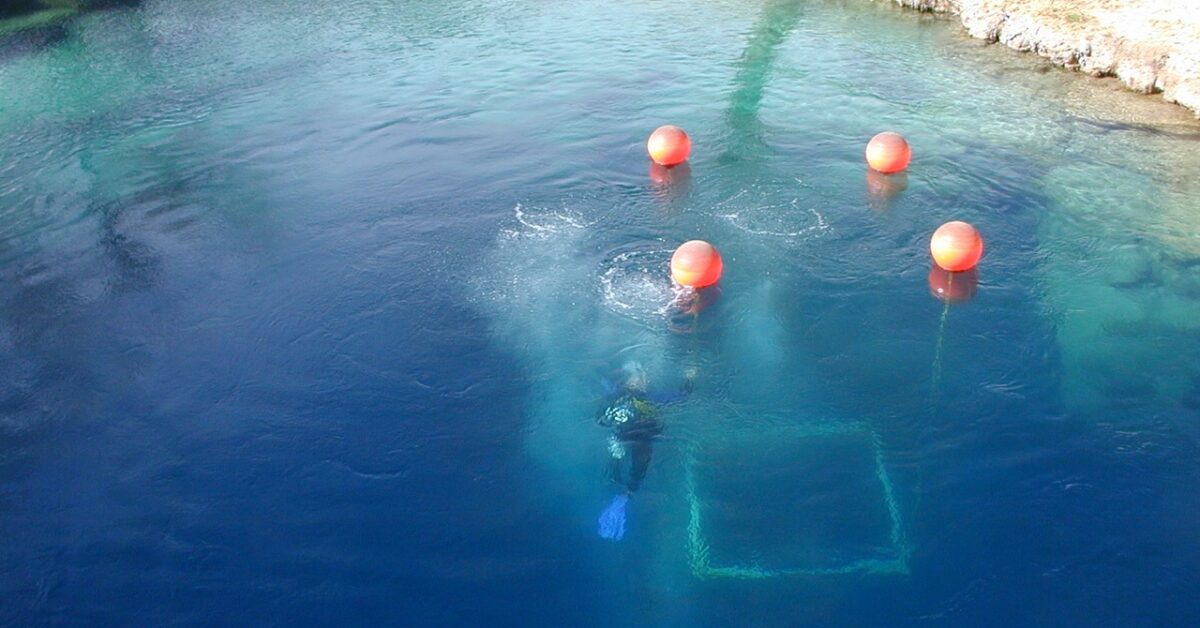
A Recovery Gone Wrong
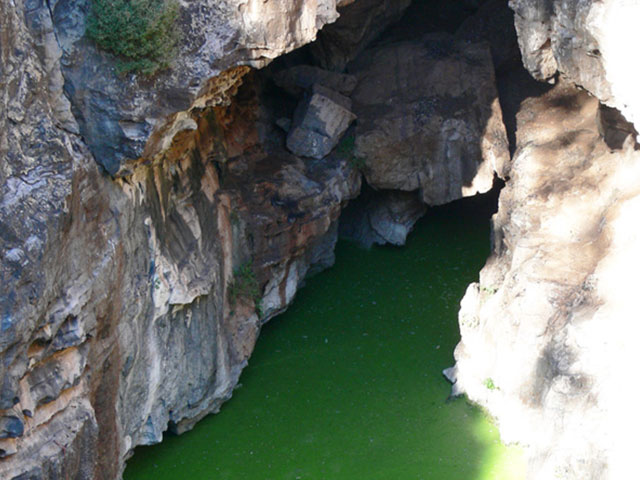
You might have read about Boesmansgat Cave AKA Bushman’s Hole if you’re a scuba diving fanatic.
It’s the deepest underwater cave in the world, found in South Africa, laying low at 271 meters.
You may have also heard about Dave Shaw.
He set world records, including the deepest cave dive with a rebreather (equipment that allows air to be recirculated) in the cave that later claimed his life. On his first dive there, he came across the remains of Deon Dreyer, who had been taken hostage by the cave in 1994. He tried to retrieve the remains, but it was impossible. He promised Dreyer’s father that he would try again.
In January 2005, Shaw made good on his promise. It took him just 10 minutes to descend 900 feet (271 m) to the base of the cave. Video footage taken by Shaw shows Shaw joining Dreyer in the fatal accident just 25 minutes into the dive.
He filmed his own death…
Shaw went down first to retrieve the remains. Shirley, his diving buddy, went down shortly after, but there was no sign of Shaw. In his search, he descended to a depth of 250 meters.
But Shirley’s computer systems were breaking down, and he had to ascend.
A support diver couldn’t find Shirley at their 80-meter meeting point, so he dropped another 40 meters.
He received a message on his tablet: “Dave is not coming back.”
A few days later, divers went to retrieve Shaw’s equipment and found both bodies at a depth of only 20 meters.
Attached to the nylon rope that Shaw had attached to Dreyer’s remains, and entangled in it.
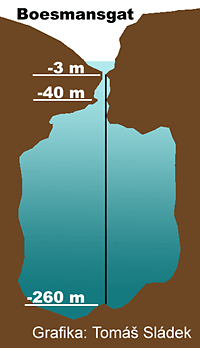
Tangled And Panicked

In 2014, two divers were taken hostage by a 100-meter deep cave system in Norway called Steinugleflaget cave.
In this story, it was a case of confusion and panic that led to the loss of life.
The start of the cave is simple. You enter the Plura pond and swim underground for 500 meters to the first cave.
It is well known as a great dive site for diving enthusiasts. But there is something else for the less faint-hearted.
Go deeper, through narrow channels, pitch-black, icy water, and you will reach the Steinugleflaget cave. A recipe for very experienced cave divers only!
A group of five people went diving that day.
Only three returned.
At a depth of 110 meters, the lead diver, Gronqvist, realized that the second diver, Huotarinen, was not behind him. He turned around and found Grønqvist entangled in a cord.
He used his flashlight to warn of his distress. Gronqvist gave him a gas cylinder to reduce his exposure to carbon dioxide.
But while he was changing his mouthguard, he uncontrollably swallowed water. Huotarinen died before his eyes.
Gronqvist was unable to free the body, despite all his efforts. He had to continue.
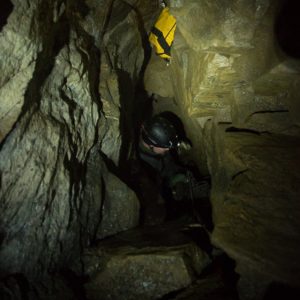
This delay forced Gronqvist to add several hours to his decompression stops. He eventually surfaced safely.
Three more divers followed him. Rantanen was next, and he managed to negotiate his way past Huotarinen’s dead body.
Uusimaki panicked at the scene.
Rantanen was the last diver and tried to help Uusimaki, but to no avail. He returned the way he came, unfortunately having to leave the bodies of his two friends behind.
Trapped In A Blue Hole
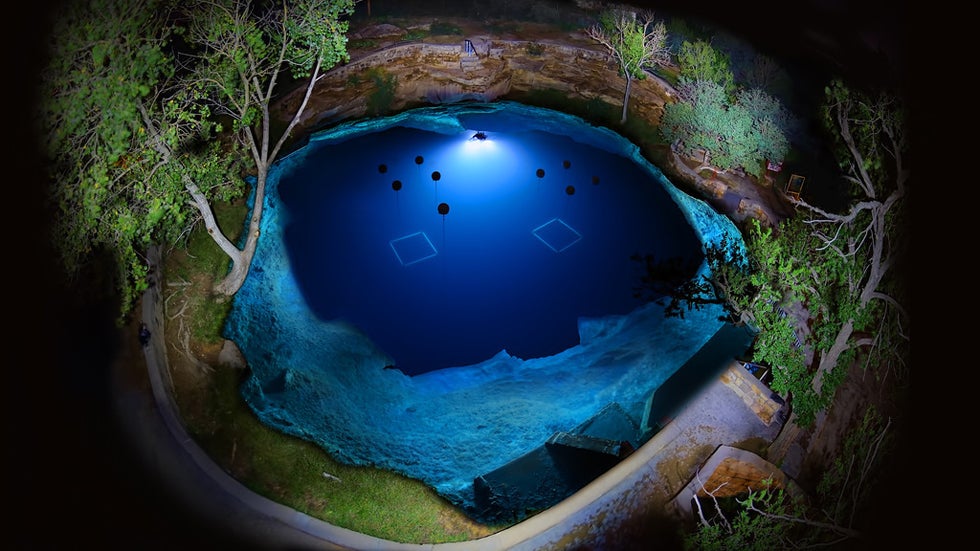
Shane Thompson became a victim of New Mexico’s Blue Hole in April 2016.
He was a member of the ADM Research Foundation, which was granted rare permits to explore underwater caves that had been sealed for 40 years.
A metal grate is located at the bottom of the spring, preventing divers from going too deep. It was installed in 1976 after two training divers died. Below the grate is a maze of twisting, turning caves.
The foundation arrived at the Blue Hole in 2013 to try to explore deeper into the Blue Hole beyond the grate. It took many attempts before they were able to remove the rocks above the grate.
On the fateful day in question, Thompson was supposed to be on safety duty outside the cave, while another cave diver, Young, went in. For reasons unknown, Thompson also went in.
Young tried to get out by following the safety line, but the mud was churned up and there was no visibility.
Thompson pulled so hard on the line that Young let go. Then, as he was feeling for the line, Thompson got stuck opposite Young in a narrow passage about 35 meters deep.
After they freed themselves, something went wrong and Thompson began to panic.
He took a wrong turn and ended up in an uncharted branch leading to nowhere. He was trapped.
Young eventually found Thompson, but he was already dead.
Although it was a tragedy, Thompson’s family said they knew he died doing what he loved. He started diving at a very young age and spent his entire life in the industry.
He spent more than 20 years as a technical rebreather diver and as a Navy instructor — it was his life.
After Thompson’s death, Young declared the caves too unsafe and said they should be sealed permanently. He said they were the most dangerous caves the Foundation had ever dived.
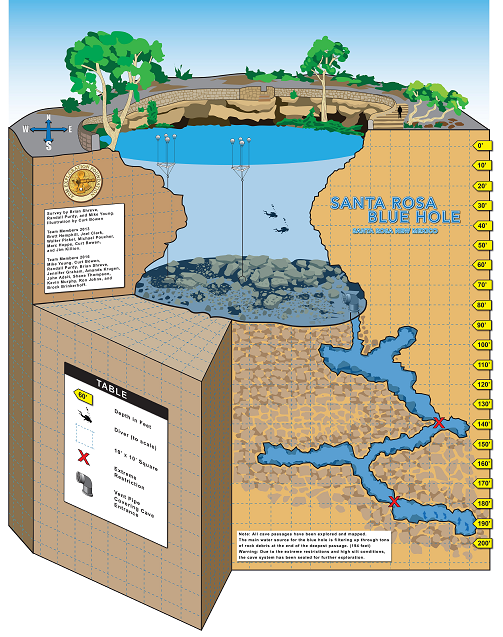
Decompression Disturbances
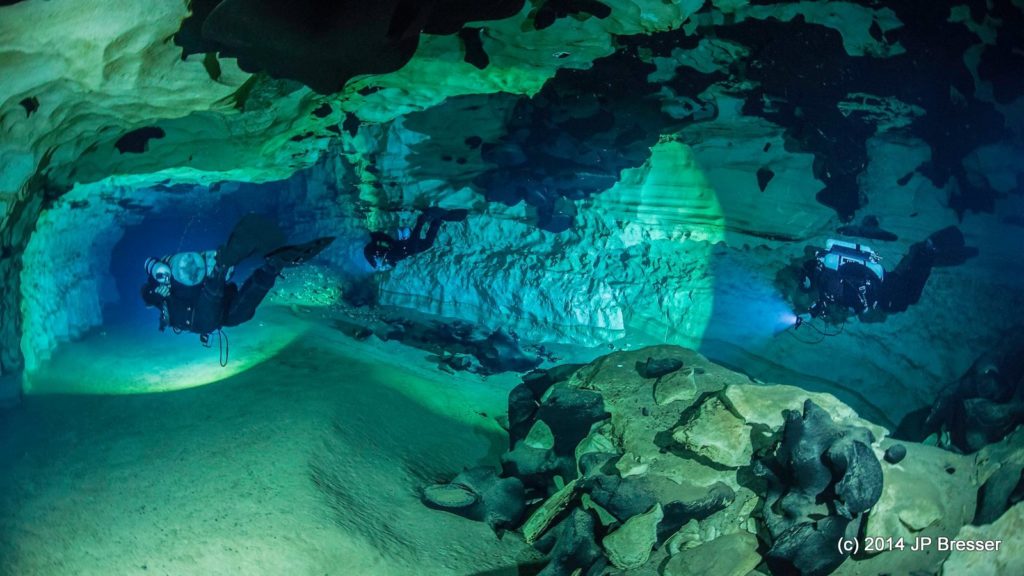
In 1991, a mysterious cave diving tragedy occurred.
Two diving buddies, Turner and Gavin, were mapping caves in Indian Springs, Florida, but only one returned.
During the dive, currents stirred up the silt and sand. Wis fell from 30 meters to about 15 centimeters (80 feet to six inches).
They tried to surface, but the passage out of the cave was blocked. Gavin managed to get out, but when he returned for his buddy, he was nowhere to be seen.
The four divers, who had already exited the water, saw that the water level had dropped dramatically. Then silt and sand were stirred up.
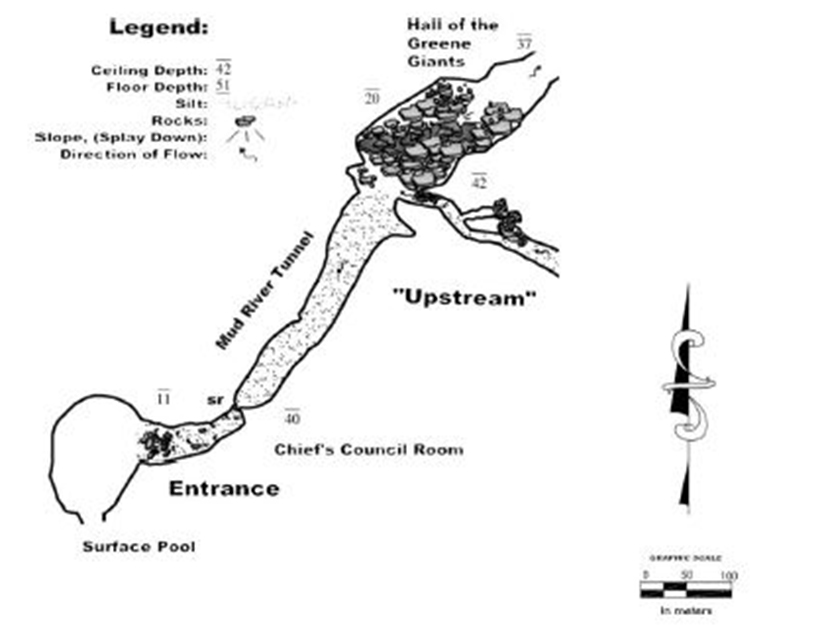
After the disaster, the diving and geology communities were at odds over what exactly had happened.
After spending years designing a scientific experiment to explore all the possibilities, in September 2015, more than 20 years after the incident, Doron Nof (a professor of physical oceanography at Florida State University) came to a conclusion about what had happened.
The problem arose when the divers were making decompression stops. They were ascending in an air pocket, causing gas bubbles to rise to the upper surface of the cave.
The bubbles caused a change in the buoyancy level in the cave. This affected the stability of the rock and sediment in the walls and ceiling of the cave.
So the loose limestone, which weighed more, fell off the walls and ceiling of the cave, blocking the narrow passage below.
Imagine a landslide, but underwater.
This is what caused their passage to be blocked and, of course, the bottom to be stirred up, causing a complete loss of visibility.
Stirred Up Silt
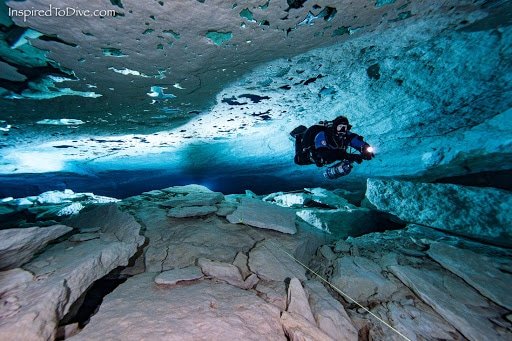
Agnes Milowka, a stunt diver, died tragically in an event eerily similar to her role in the film Sanctuary.
Agee, just 29, died in the labyrinth of tunnels at Tank Caves in Australia in February 2011.
Milowka was an adventurous cave diver who loved to explore to the point of obsession.
Her expert cave diving skills have led to her appearing in many documentaries and diving projects.
Mount Gambier in South Australia is famous for its complex mix of sinkholes, caves and miles of underground waterways.
The Tank Caves require expert navigation given the tight confines and often limited visibility.
Much of the cave system is fragile. The walls and ceiling are soft and you need to breathe carefully.
If you exhale too hard, the bubbles displace the ceiling, which falls on you!
This can make poor visibility or, worse, make small restrictions even tighter.
Milovka had dived in the Tank caves many times and knew them well. However, on her last dive, she somehow became separated from her partner.
She became lost, kicking up mud from the walls and floor of the cave. She was unable to find her way out of the cave and ran out of air.
Evidence suggests that she remained very calm until her last breath.
On the day of her death, no one knows exactly what happened. She apparently left her partner and never returned. They located the location where she was last seen, but never found out what caused her death.
The next day, her body was found about 500 meters from the cave entrance.
How To Survive Cave Diving
Cave diving is not an easy sport. It is a discipline for only the most meticulous divers. If you are willing to take the risk, the magical underwater world of caves awaits you.
Each of the divers who suffered in these tragic cases was extremely experienced. Despite this, they still met their fate while cave diving.
Cave diving comes with many risks that you cannot eliminate. But you can manage and minimize them.
Before you go cave diving (or any other type of scuba diving), make sure you are insured! And no, we are not talking about protective suits, we are talking about insurance.
It is not the most exciting part of the sport, but if the stories above have taught us anything, it is that accidents can and do happen, so it is worth investing in knowing that you are covered if something goes wrong.
World Nomads offers excellent travel insurance policies that include recreational scuba diving, as well as additional services for diving enthusiasts, including cave diving.
Here Are Our 5 Top Tips For How To Cave Dive Safely:
Do Proper Training And Use Good Equipment
These are critical. Without them, cave diving is a death trap.
Depending on which certification body you work with, you will need:
- A minimum number of logged dives
- A minimum of Advanced Open Water Diver or Rescue Diver
- Cave diving certification
- Proven night diving and deep diving experience.
Experience using a twin-tank system, or sidemount is important. A lot of cave diving is in cold water, so you may need your drysuit qualification too.
One of the biggest risks when cave diving is the narrow passages. You are very bulky with all your gear, and not getting snagged is an art.
Basic skills like buoyancy are paramount to surviving cave diving. In deep, cold water, a drysuit tear on a sharp cave wall can be fatal.
Have A Guideline
Some of the unique risks of cave diving are the high chance of getting lost and poor visibility.
Caves are often complex systems with tunnels that can be difficult to find their way out of.
They are also notorious for poor visibility.
The water may be crystal clear at first, but breaking the silence with your fins can result in complete loss of visibility on the way back out.
Always carry a reel or guide line for the exit. Attach arrows to the line that point in the direction of the cave exit. This is your navigation aid.
Reserve Enough Air
Air safety is of the utmost importance when cave diving.
In a cave, if you run out of air, you can’t just share your air with a buddy and float to the surface – or make a controlled bailout.
Often when cave diving, you’re doing a decompression dive. This means you’re at such a depth or for such a long time that excess nitrogen builds up in your body.
If you ascend too fast or too early, it’s like shaking a soda and popping it open. Nitrogen bubbles escape and get lodged in your body or brain and can kill you.
This makes managing your air supply even more important than usual. You need to have enough to get you out of the cave and make your decompression stops.
Have Too Many Lights
When you cave dive, you may be in perpetual darkness. So, of course, you’ll need to bring your own dive light.
Lots of lights!
The cave diving motto is: “Three lights are two, two lights are one, and one light is nothing.”
If your light goes out and you don’t have a spare, you can’t just float to the surface. You’ll have to navigate your way back to air.
Every light you bring into the cave should be kept lit for the entire dive.
Don’t Go Too Deep Or Too Far
Most cave diving accidents occur because people push themselves beyond their training and experience.
This is where things go wrong. Diving deeper or further than planned can cause exponentially more difficulties than open water diving.
Always dive within your capabilities and within your plan.
For those brave enough to dive to the depths, with proper training and careful diving, you can explore a whole new world. It is unlike anywhere else on Earth.
